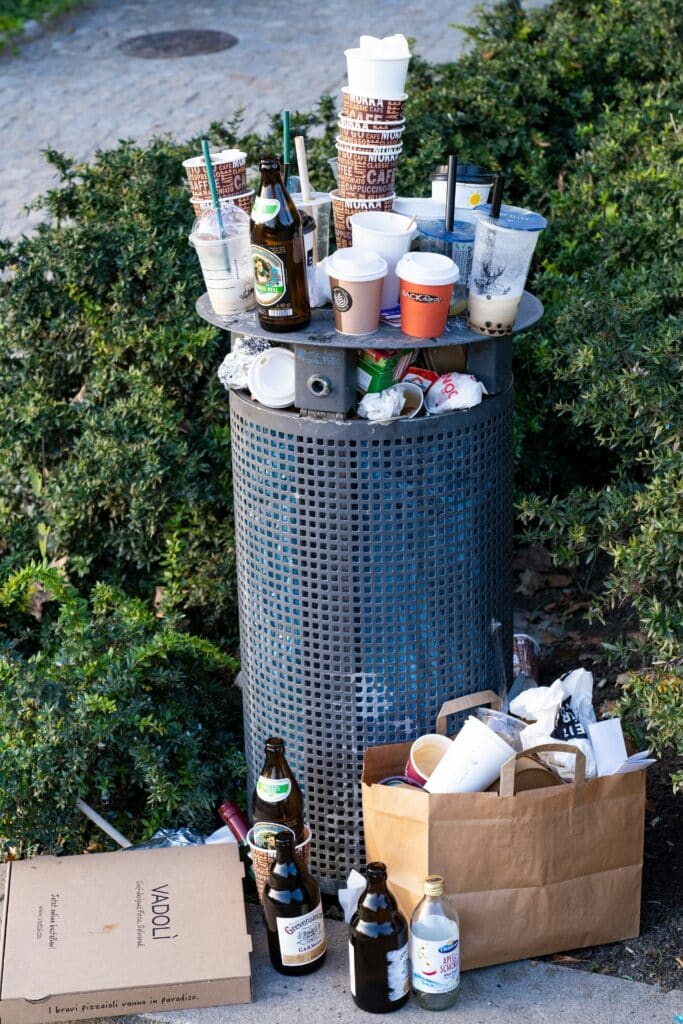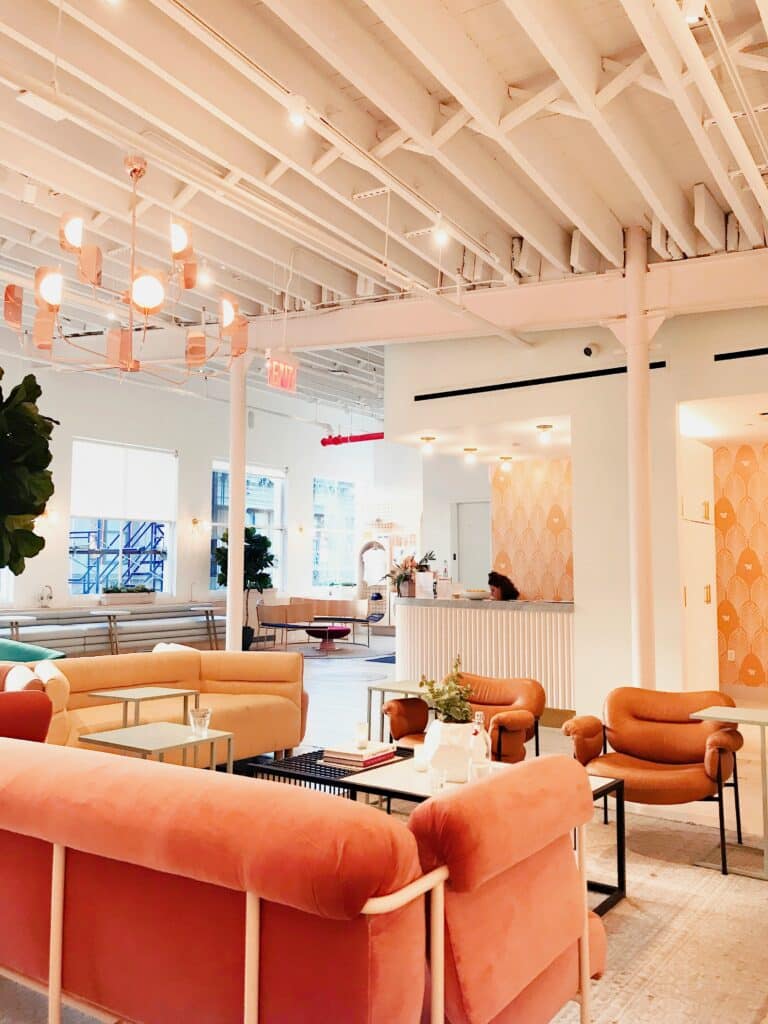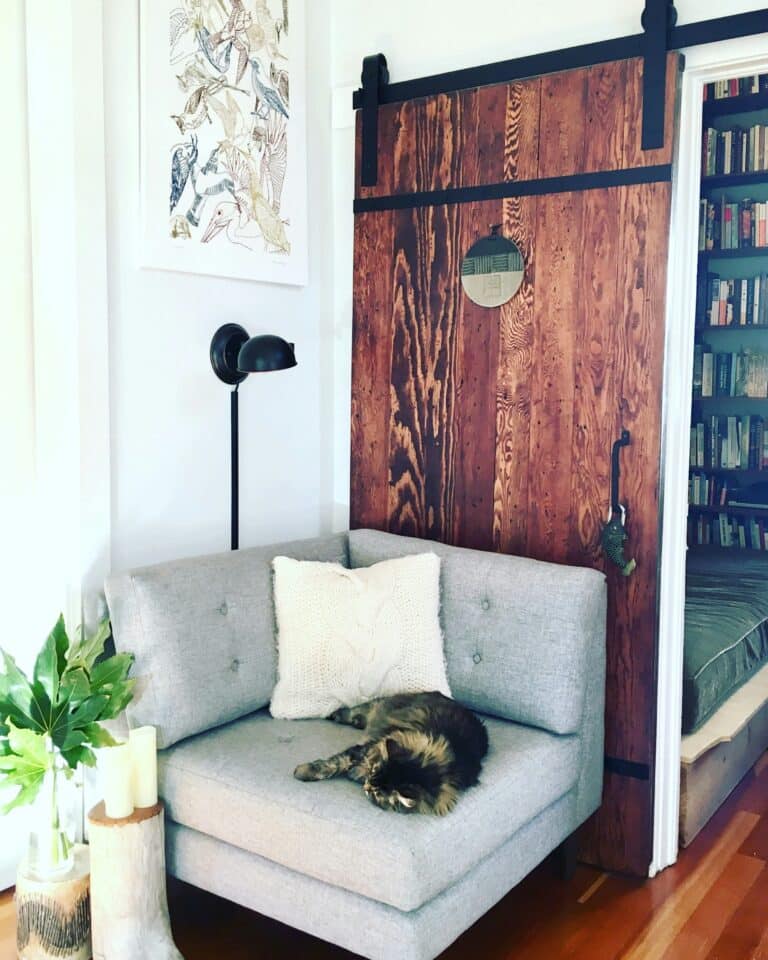Welcome to the art of ‘upcycling,’ a movement that blends stylish décor, environmental consciousness, and your unique spin all into one. 🌍💚

In this in-depth article, we will explore the intriguing world of ‘Upcycle Your Home: Stylish Decor Ideas That Elevate Reusing Without Looking DIY.’ From understanding the concept of upcycling to exploring creative ideas that can turn ordinary household items into extraordinary pieces of decor, we have a lot to cover. So grab a cup of coffee ☕️, sit back, and let’s dive into the world of stylish upcycling.
Upcycling, in essence, is the art of taking something old or unused and transforming it into something new and useful. It’s about giving new life to discarded or forgotten items, and in the process, creating unique, personalized pieces that can bring a special charm to your home. But upcycling isn’t just about creativity; it’s also a powerful way to reduce waste and promote sustainability. It’s a small yet significant step we can all take towards a greener future. 🌱
Why Upcycle?
Before we get into the practical how-tos of upcycling, let’s briefly explore why this trend is worth our time and effort. Upcycling is more than just a passing fad; it’s a movement that touches upon several important aspects of modern living.
Firstly, upcycling is a great way to reduce our impact on the environment. Every upcycled item is one less piece of waste that ends up in a landfill. Secondly, upcycling can save you money. Instead of splurging on expensive decor pieces, upcycling allows you to create your own, personalized items at a fraction of the cost. Lastly, and perhaps most importantly, upcycling is a form of creative self-expression. Each upcycled piece tells a story and adds a unique touch to your home decor.
The Upcycle Process
Upcycling may seem daunting to beginners, but with a bit of guidance and creativity, anyone can master the process. Whether it’s an old wooden ladder turned into a bookshelf, a used glass bottle transformed into a chic lamp, or an old suitcase repurposed as a side table, upcycling opens up a world of creative possibilities.
In the upcoming sections, we will explore a multitude of stylish decor ideas that will show you how to upcycle like a pro, without the end result looking like a DIY project. But remember, upcycling is not about perfection; it’s about creativity, sustainability, and fun. So even if you don’t consider yourself a DIY guru, don’t worry. We’re here to guide you every step of the way. 😉
Whether you’re a seasoned upcycler or a complete novice, there’s something in this comprehensive guide for everyone. So, are you ready to turn your home into a stylish, eco-friendly sanctuary? Let’s get started!
Transforming Spaces: Upcycling Ideas for a Modern Home
Upcycling is a trend that has gained a lot of traction in recent years. It is the process of transforming by-products, waste materials, useless, or unwanted products into new materials or products perceived to be of greater quality, such as artistic value or environmental value. In this article, we’ll explore various ways you can upcycle your home into a stylish and modern space without it looking overly DIY. To begin, let’s understand the difference between upcycling, recycling, and downcycling.
Understanding Upcycling, Recycling, and Downcycling
While these three terms may seem similar, they have different meanings and impacts. Here’s a simple comparison table that outlines their differences:
| Term | Description | Environmental Impact |
|---|---|---|
| Upcycling | Transforming waste materials into something of higher value. | Positive – Reduces waste and resource consumption. |
| Recycling | Converting waste into reusable material. | Positive – Reduces waste but can consume resources in the process. |
| Downcycling | Breaking down waste into its raw materials, usually of lower quality. | Neutral/Negative – Reduces waste but can consume resources and degrade material quality. |
Now that we have a clear understanding of what upcycling is, let’s delve into some creative and stylish upcycling ideas for your home.
Creating a Unique Space: Upcycling Furniture
Old furniture pieces can often be upcycled into beautiful and unique home decor. You could transform an old wooden ladder into a bookshelf, an antique suitcase into a coffee table, or even an old window frame into a quirky picture frame. You can find a detailed tutorial on how to upcycle an old ladder into a stylish bookshelf on the ‘HGTV’ YouTube channel (Video: Upcycling a Ladder into a Bookshelf – HGTV).
The key to successful furniture upcycling is creativity and a willingness to experiment. You might want to mix different styles, add a splash of color, or combine unexpected materials. When upcycling furniture, think of ways to add value to the piece, whether through its functionality or its aesthetic appeal.
How to Upcycle Furniture: A Step-by-Step Guide
Upcycling furniture can be a fun and rewarding project. Here’s a simple step-by-step guide to get you started:
- Identify the piece of furniture you want to upcycle.
- Consider the new function you want it to serve.
- Clean and prep the item, removing any old paint or varnish.
- Apply a new coat of paint or varnish if desired.
- Add any additional elements needed to serve its new function (e.g., shelves for a bookcase).
- Allow the piece to dry and cure before using it.
Remember, upcycling should be a creative and enjoyable process, so don’t be afraid to experiment and make the piece your own!
Artful Accents: Upcycling Home Accessories
Aside from furniture, there are plenty of home accessories that can be upcycled into chic decor. An old teapot can become a charming flower vase, vintage teacups can serve as candle holders, and wine corks can be turned into a unique bulletin board. Check out the video ’20 Creative Ideas to Repurpose Old Items – Home Organizing’ on the ‘Home Organizing by Alejandra.tv’ YouTube channel for more inspiration.
Like with furniture, the key to successfully upcycling home accessories is to think outside the box and not be afraid to try new things. It’s all about seeing the potential in items that others might overlook.
Tips for Successful Upcycling
Whether you’re upcycling furniture or accessories, here are a few tips to keep in mind:
- Always clean and prep your item before you begin. This can involve sanding down rough edges, removing old paint, or simply giving it a thorough clean.
- Consider your home’s overall style. The goal is to add value and enhance your space, not create something that feels out of place.
- Don’t rush the process. Good upcycling takes time, so be patient and allow yourself to enjoy the journey.
In Conclusion: Upcycling for a Stylish and Sustainable Home
Upcycling is a fantastic way to create a stylish and unique home while also being environmentally friendly. It’s all about seeing the potential in old or unwanted items and transforming them into something beautiful and useful. So why not give it a try? You might be surprised at what you can create!
Conclusion
In conclusion, the complexities of the world of technology and software engineering have been dissected and distilled into digestible pieces for you. We’ve taken a deep dive into the crux of coding, dissected the anatomy of algorithms, and unveiled the mysteries behind software architecture.
We’ve walked through the fundamental principles of programming, highlighting the significance of variables, data types, and functions. We delved into the heart of algorithmic thinking, underscoring the importance of logic and efficiency in problem-solving. In our exploration of software architecture, we laid bare the backbone of any software system, emphasizing its pivotal role in the system’s performance, scalability, and maintainability.
Additionally, we’ve ventured into the realm of emerging technologies, from artificial intelligence and machine learning to big data and cloud computing. We’ve shed light on how these advancements are reshaping industries, disrupting norms, and propelling us into a future of unprecedented possibilities.
Nonetheless, this journey doesn’t end here. Technology is a dynamic field, with an ever-evolving landscape. Keeping abreast of these changes, staying curious, and continually learning is key. Hence, I implore you to delve deeper, explore further, and expand your knowledge horizon. 💡
As a technical writer with a decade of experience, I sincerely hope that this article has provided you with valuable insights and kindled your interest in the world of technology. I urge you to apply what you’ve learned, share your knowledge, and contribute to the community of technologists shaping the world of tomorrow. 🌍
Should you have any questions, thoughts, or insights you’d like to share, feel free to leave a comment below. Your engagement enriches the conversation and fosters a vibrant community of learners and innovators. 🚀
For further reading, check out these comprehensive resources:
– W3Schools: An extensive resource for learning programming languages, from HTML to Python.
– GeeksforGeeks: A computer science portal with well-explained algorithms and data structures.
– MDN Web Docs: A trusted source of information for developers, covering all aspects of web development.
Thank you for joining me on this journey. Keep exploring, keep learning, and let’s continue to demystify the world of technology together. 💼💻
References:
– W3Schools
– GeeksforGeeks
– MDN Web Docs



